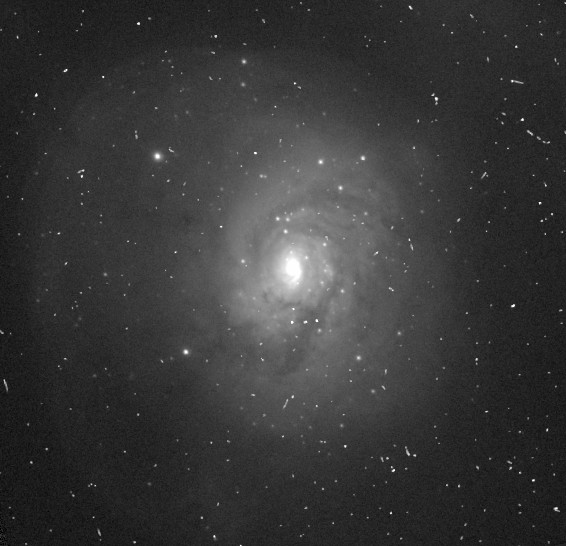NGC 34 on:
[Wikipedia]
[Google]
[Amazon]
NGC 17, also known as NGC 34, is a spiral galaxy in the constellation  Due to the major merger event NGC 17 has no defined spiral arms like the
Due to the major merger event NGC 17 has no defined spiral arms like the
Cetus
Cetus () is a constellation, sometimes called 'the whale' in English. The Cetus was a sea monster in Greek mythology which both Perseus and Heracles needed to slay. Cetus is in the region of the sky that contains other water-related constellat ...
. It is the result of a merger between two disk galaxies, resulting in a recent starburst in the central regions and continuing starforming activity. The galaxy is still gas-rich, and has a single galactic nucleus
An active galactic nucleus (AGN) is a compact region at the center of a galaxy that has a much-higher-than-normal luminosity over at least some portion of the electromagnetic spectrum with characteristics indicating that the luminosity is not pr ...
. It lies 250 million light years away. It was discovered in 1886 by Frank Muller
Frank Muller (May 5, 1951 – June 4, 2008) was a stage and television actor, but was most famous as an audiobook narrator.
Early life
Muller was born in The Netherlands, the eldest of five children. His family immigrated to the United St ...
and then observed again later that year by Lewis Swift
Lewis A. Swift (February 29, 1820 – January 5, 1913) was an American astronomer who discovered 13 comets and 1,248 previously uncatalogued nebulae. Only William Herschel discovered more nebulae visually.
Discoveries
Swift discovered or co-discov ...
.
 Due to the major merger event NGC 17 has no defined spiral arms like the
Due to the major merger event NGC 17 has no defined spiral arms like the Milky Way
The Milky Way is the galaxy that includes our Solar System, with the name describing the galaxy's appearance from Earth: a hazy band of light seen in the night sky formed from stars that cannot be individually distinguished by the naked eye. ...
galaxy. Unlike the Milky Way, the center bar nucleus is also distorted. The merger destroyed any galactic habitable zone
In astrobiology and planetary astrophysics, the galactic habitable zone is the region of a galaxy in which life might most likely develop. The concept of a galactic habitable zone analyzes various factors, such as metallicity (the presence of elem ...
that may have been there before the merger. For the Milky Way, the galactic habitable zone is commonly believed to be an annulus with an outer radius of about 10 kiloparsec
The parsec (symbol: pc) is a unit of length used to measure the large distances to astronomical objects outside the Solar System, approximately equal to or (au), i.e. . The parsec unit is obtained by the use of parallax and trigonometry, and ...
s and an inner radius close to the Galactic Center
The Galactic Center or Galactic Centre is the rotational center, the barycenter, of the Milky Way galaxy. Its central massive object is a supermassive black hole of about 4 million solar masses, which is called Sagittarius A*, a compact ra ...
, both of which lack hard boundaries.
Number in the New General Catalogue
NGC 17 and NGC 34 were catalogued byFrank Muller
Frank Muller (May 5, 1951 – June 4, 2008) was a stage and television actor, but was most famous as an audiobook narrator.
Early life
Muller was born in The Netherlands, the eldest of five children. His family immigrated to the United St ...
and Lewis Swift
Lewis A. Swift (February 29, 1820 – January 5, 1913) was an American astronomer who discovered 13 comets and 1,248 previously uncatalogued nebulae. Only William Herschel discovered more nebulae visually.
Discoveries
Swift discovered or co-discov ...
, respectively, in 1886. A difference of half a degree in positioning between the two men's observations meant that when John Dreyer created the '' New General Catalogue'' he listed them as separate objects. In 1900 Herbert Howe noticed the discrepancy; Dreyer included the update in the second edition of the NGC in 1910.
References
External links
* {{DEFAULTSORT:NGC 0034 Unbarred spiral galaxies Peculiar galaxies Luminous infrared galaxies Cetus (constellation) 0017 00781 Galaxies discovered in 1886 18861121